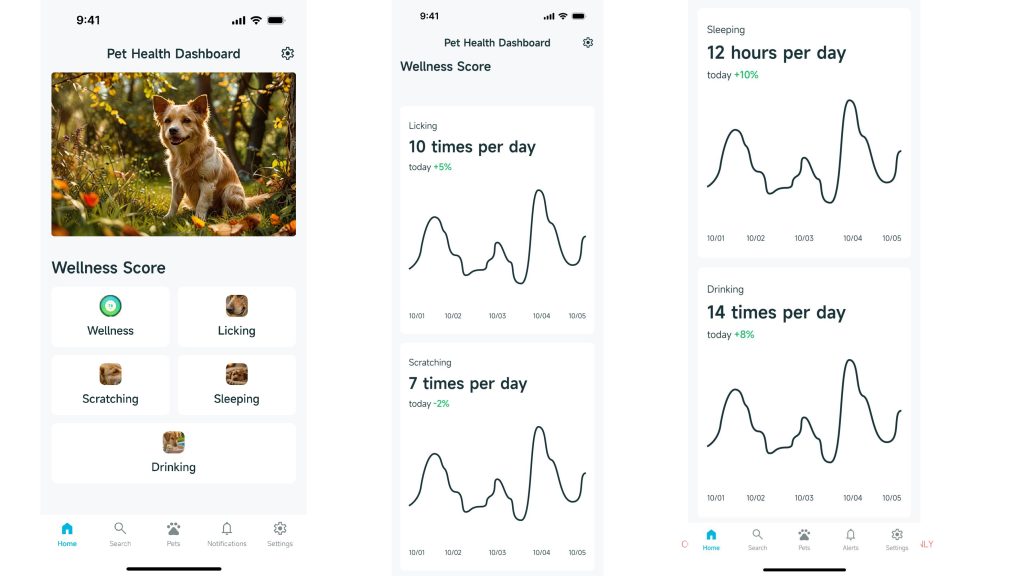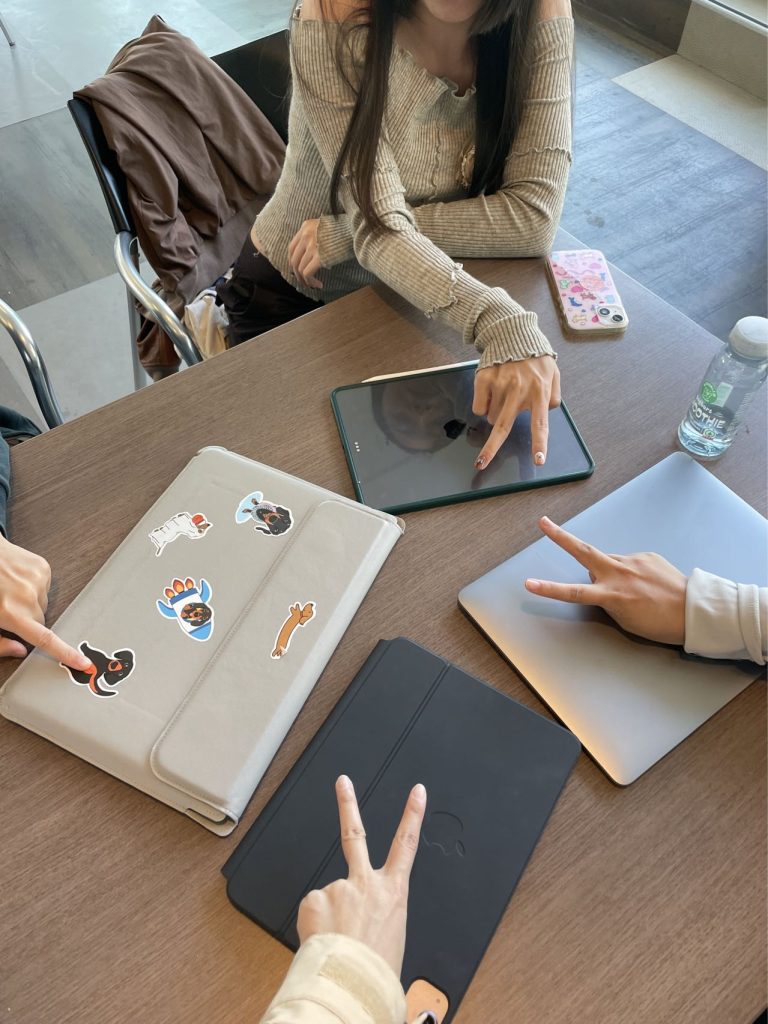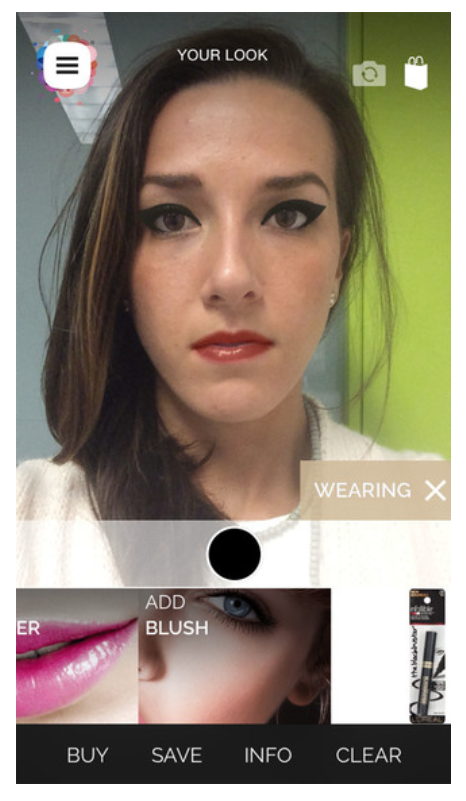Group 8: Chenxuan Jin\Yuhang Liu\Jia Yan\Yongqi Jia
When we first gathered to brainstorm ideas for our group assignment, a myriad of topics surfaced, from customizing Nike products to harnessing smart home technology. However, there were some cute dog stickers on a team member’s laptop that sparked a conversation about our pets, revealing a shared love for our furry friends.
Our discussions were filled with the warmth of personal pet stories, each unique yet universally relatable. We shared the challenges of pet ownership, such as coordinating feeding schedules, managing unpredictable health needs, and the stress of finding emergency veterinary care. We believed these concerns were not just ours but were shared by pet owners worldwide.
Spotting the potential of GenAI across industries, we saw an opportunity to explore its role in pet care. Therefore, our mission is to deliver personalized, proactive solutions that enhance pet health and strengthen the bond between humans and their pets. We envision a future where AI technology deepens this bond, and we invite you to be part of this journey. To gain insights, we interviewed local pet owners, spending enjoyable time with their pets to observe their lifestyles and the challenges they face in pet care. Here are some findings from our proposal:
- We found that 58% of Dutch households own pets, indicating a strong emotional connection. The Dutch pet care market has seen substantial growth, with pet product sales reaching €515.4 million and the pet food market climbing to €1.06 billion by 2022.

- We propose a GenAI-powered pet management system designed to reduce customer churn and improve pet health. This system would feature facial recognition, health monitoring, emotion detection, and smart device control, offering personalized insights and proactive health interventions by analyzing data from wearables and feeding patterns.

- Our implementation plan is a five-step process: data collection, health monitoring, veterinary system integration, smart device control, and continuous AI learning. These steps aim to streamline pet care, enhance diagnostic precision, and ensure better health outcomes for pets.
- We found that key performance indicators (KPIs) for measuring the success of an AI project should focus on data quality, model performance, integration success, user engagement, satisfaction, and partnership effectiveness. It also should balance the user experience with backend metrics to ensure project objectives and company`s information strategy.
- However, we acknowledge potential challenges such as data security, ethical considerations, and consumer adoption. Addressing these is vital for the successful integration of GenAI in pet care.
As we bring this project to a close, we’d like to take a moment to express our heartfelt gratitude to each member of this incredible team. We’ve managed to meet our task allocations and deadlines with dedication. Your passion and diligence have not only met our goals but have exceeded our expectations. It’s been a remarkable journey. Thank you.









